Ken , Breathtaking photos, the shrimp was awesome !! Keep them coming please. CaboRon



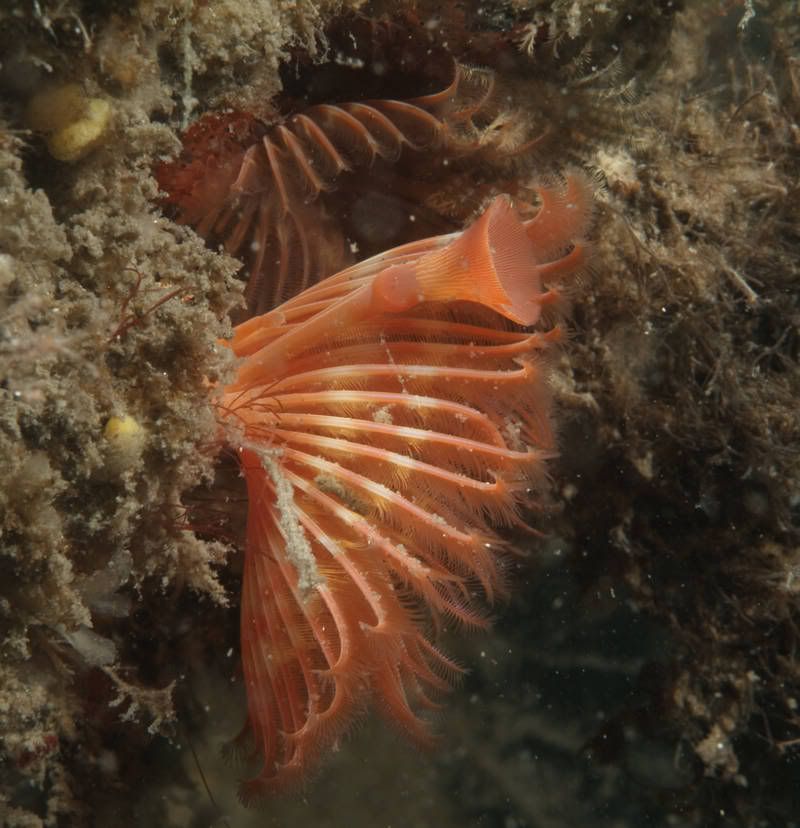
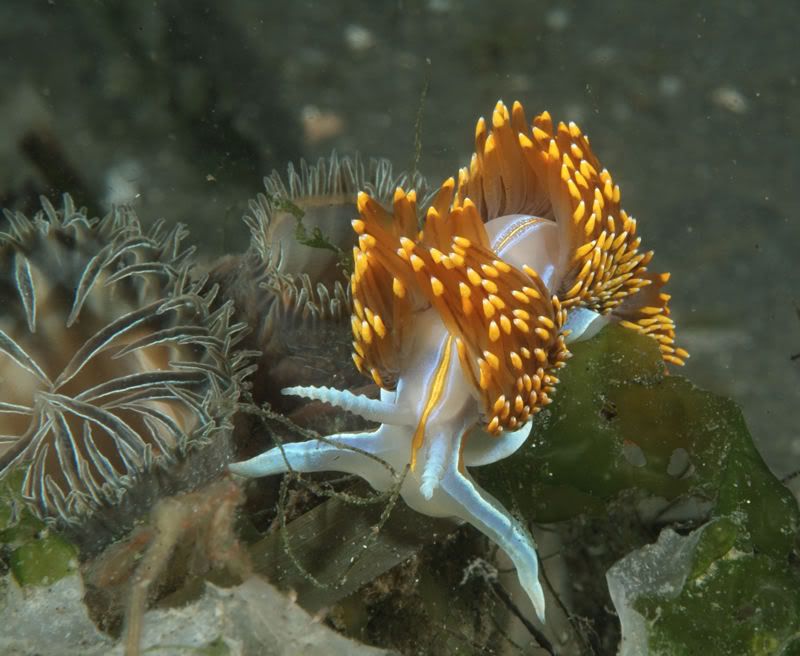
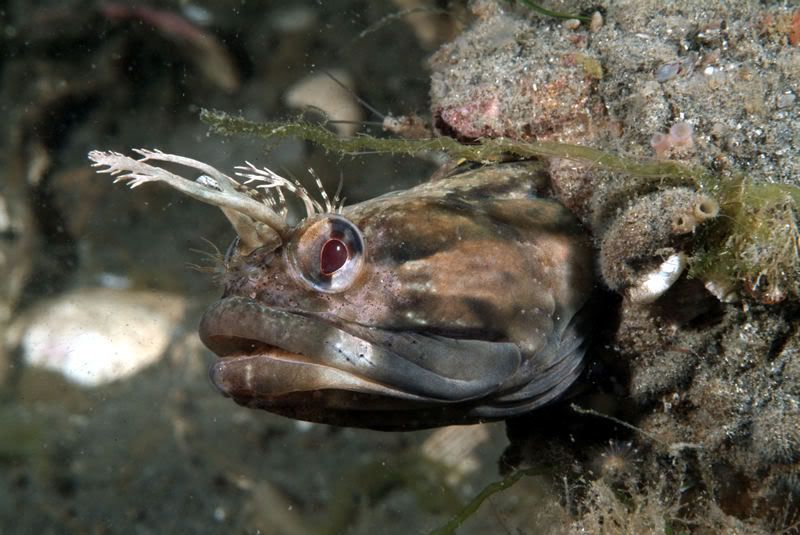
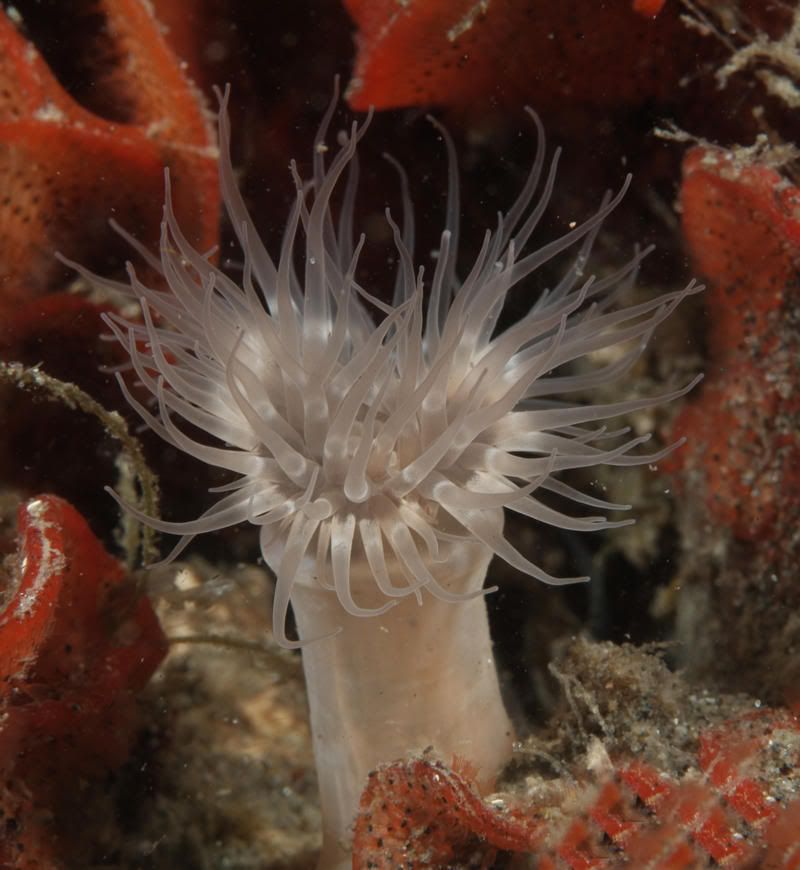
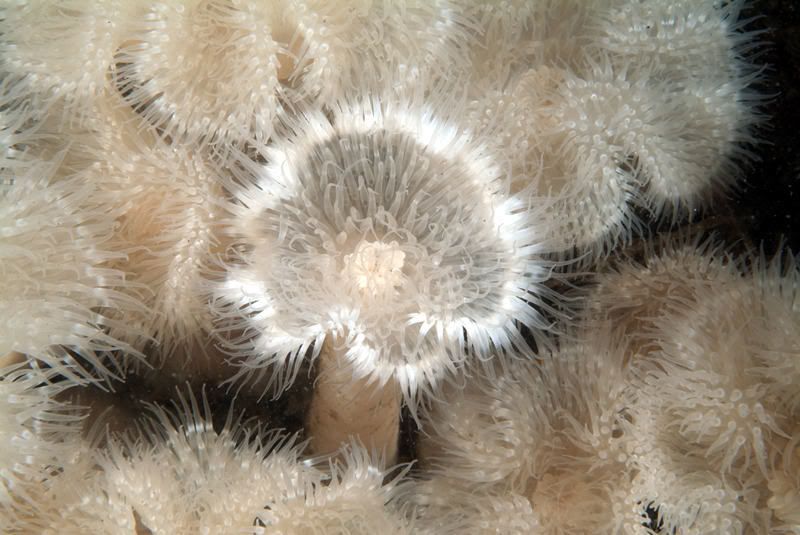
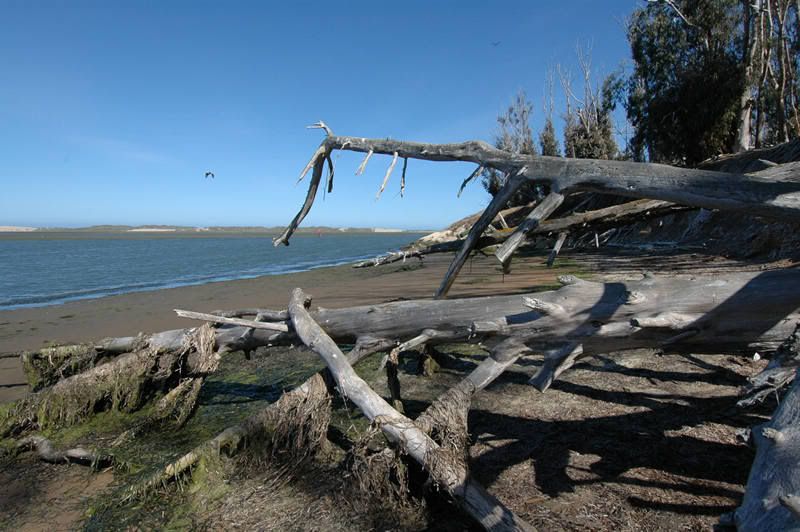
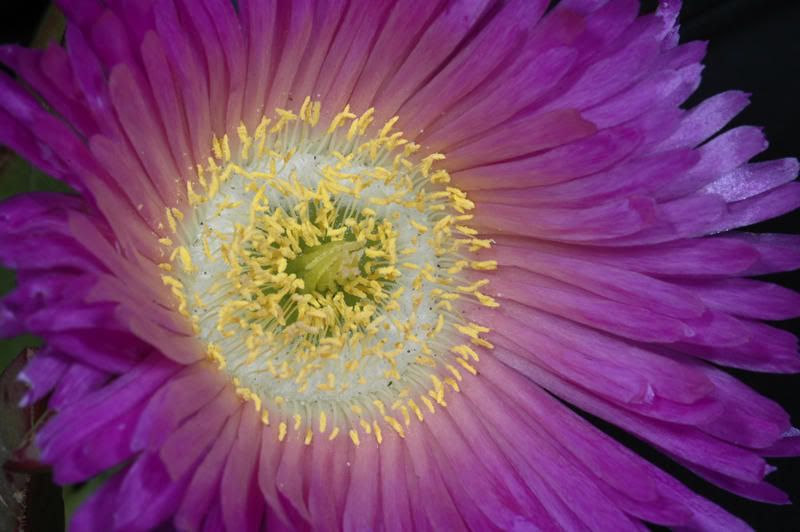

 Thanks.
Thanks.
| Quote: |
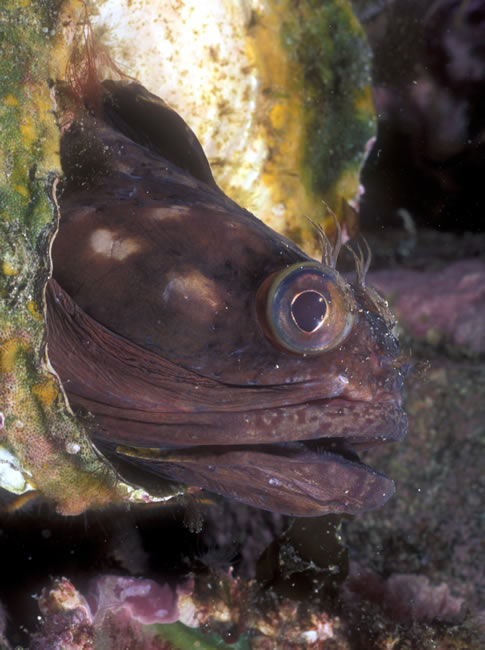
| Quote: |


| Quote: |
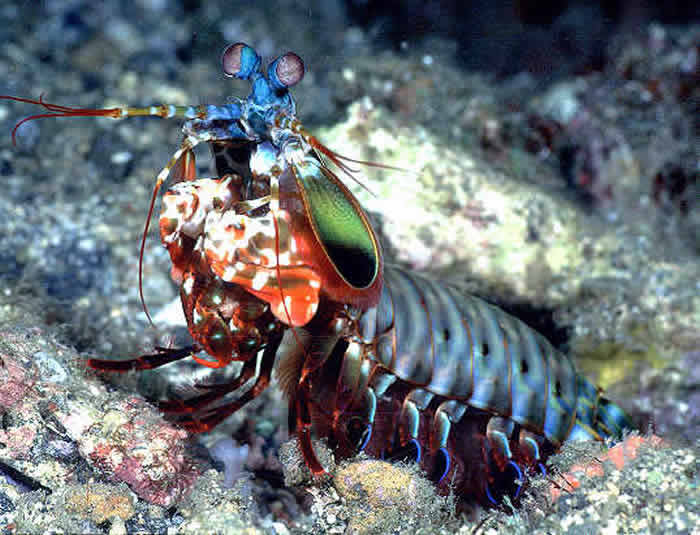


 .
.
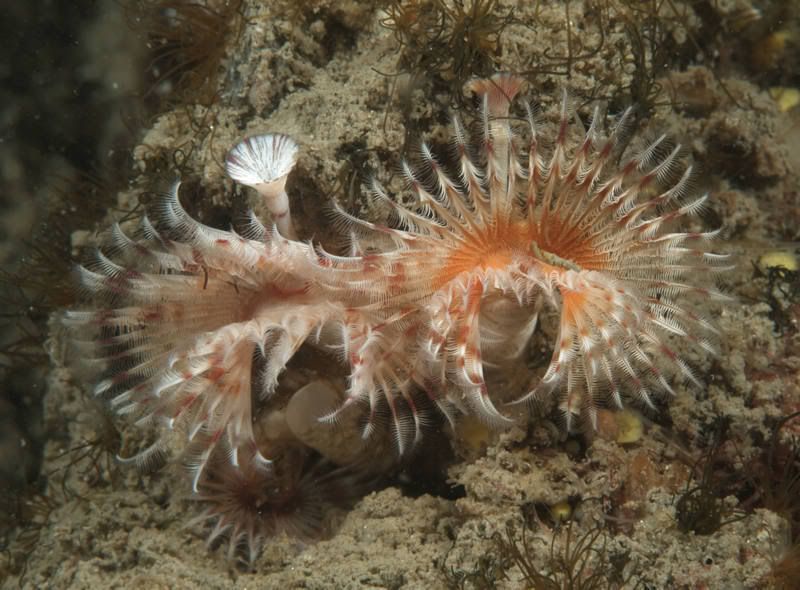


| Quote: |
 Anyway at least I learned what it was. I have seen them a few thousand times and, until you asked the question, I
didn't know what that wooger was!
Anyway at least I learned what it was. I have seen them a few thousand times and, until you asked the question, I
didn't know what that wooger was!| Quote: |
| Quote: |


